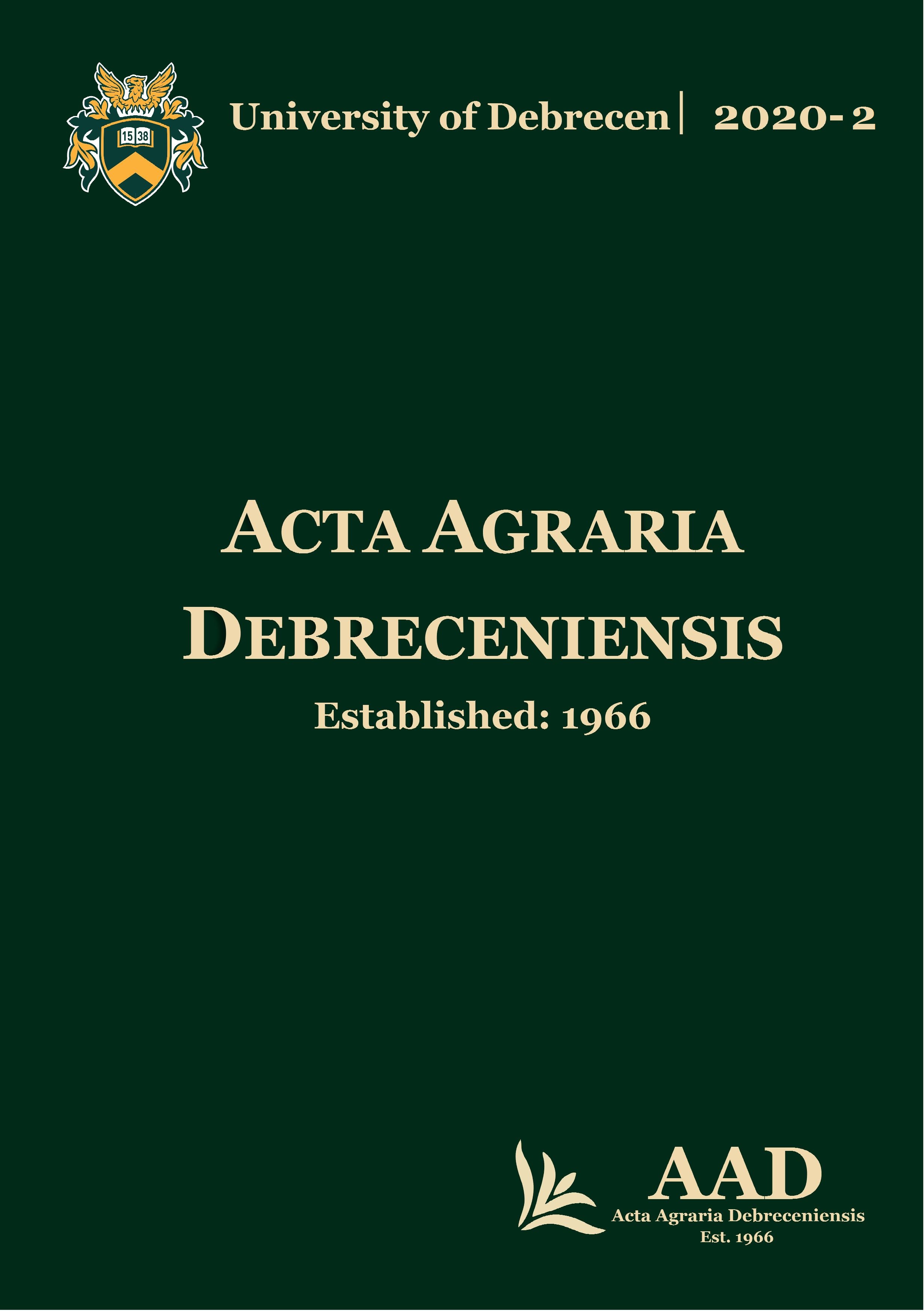Genetic progress in winter wheat quality and quantity parameters
Authors
View
Keywords
License
Copyright (c) 2020 by the Author(s)

This work is licensed under a Creative Commons Attribution 4.0 International License.
How To Cite
Accepted 2020-05-24
Published 2020-12-01
Abstract
Wheat production is significant branch of Hungarian crop production (with about 1 million hectares of sowing area). Weather anomalies resulted by climate change have increased the importance of biological basis in wheat production. Yield quality and quantity parameters of three wheat genotypes sown on chernozem soil type after maize pre-crop were studied in a long-term field experiment. Yield amount of the studied genotypes varied between 2894 and 8074 kg ha-1 in 2017 and between 5795 and 9547 kg ha-1 in 2018 depending on the applied treatments. Based on our results it can be stated that in both studied crop years the highest yield increment was realized by the application of the nutrient supply level of N30+PK. As the result of the application of the optimum mineral fertilizer level – in contrast to the control – resulted in significant yield increment in both crop years. The results of the long-term field experiment prove that water utilization of the studied wheat varieties / hybrids was improved by the application of the optimal nutrient supply. Furthermore, the water utilization of the latest genotypes was more favorable by both the control and the optimum nutrient supply level treatments. Analyzing the quality parameters of winter wheat using the NIR method it has been stated that the quality results of the well-known genotype (GK Öthalom) were better than those of the new genotypes. A negative correlation between winter wheat quality and quantity parameters has also been confirmed. As the result of the mineral fertilizer application protein and gluten content of winter wheat increased to a significant extent.

 https://doi.org/10.34101/ACTAAGRAR/2/3835
https://doi.org/10.34101/ACTAAGRAR/2/3835